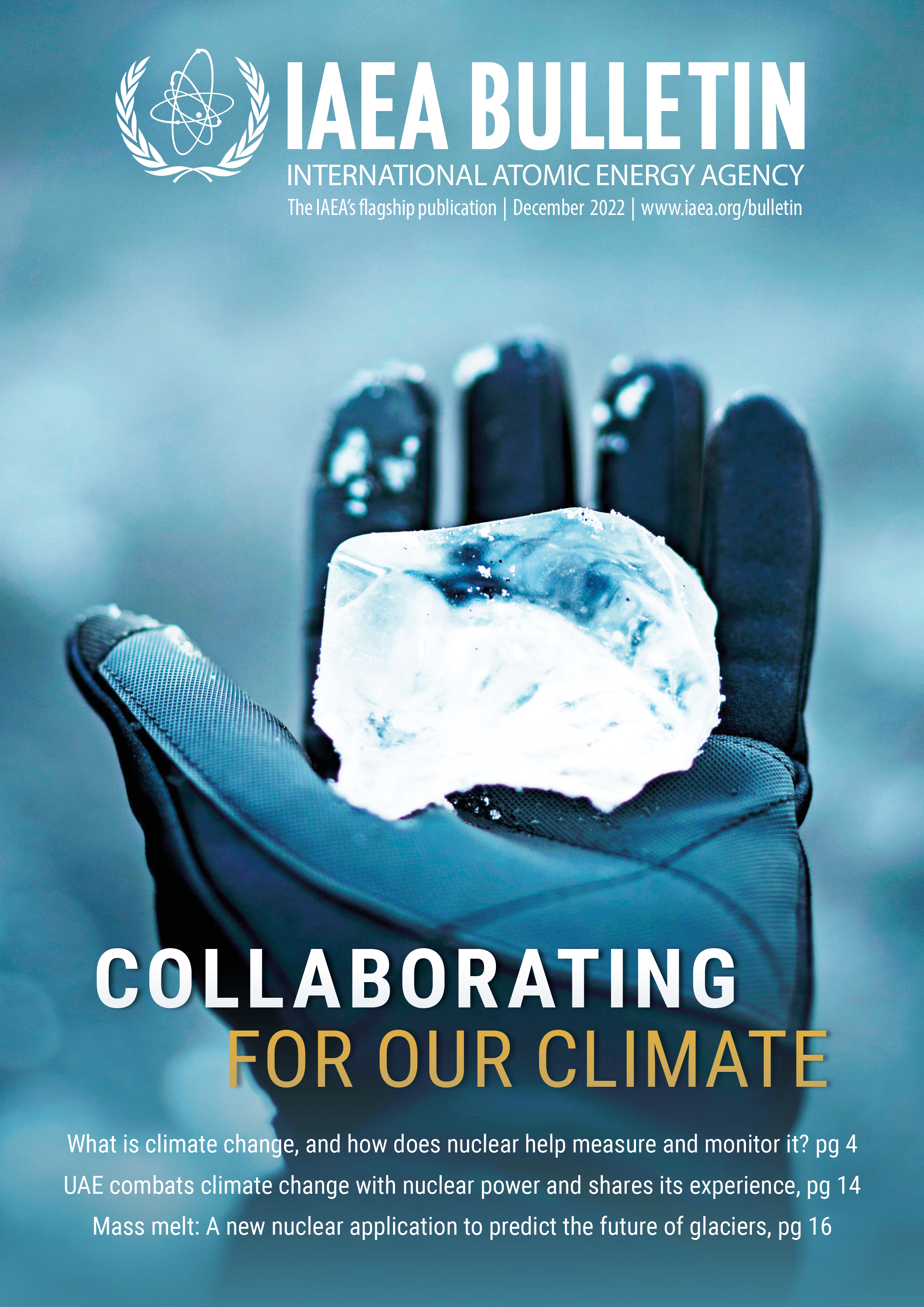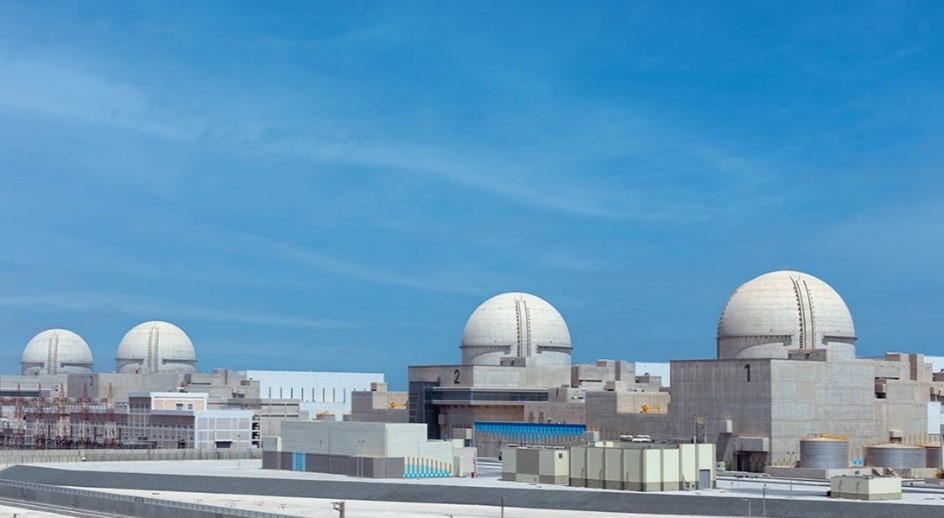By anyone’s standards, the United Arab Emirates (UAE) is a hot place to be in the summer. Temperatures during that season are regularly in the 40-degree Celsius range and, on occasion, exceed the 50-degree mark. Climate change is exacerbating the situation. The country of almost 10 million people, is categorized among those with the highest rate of vulnerability to climate change impacts, with warmer weather, less rain, droughts, higher sea levels and more storms expected. Keeping the country habitable in the long term means addressing climate change.
One way the UAE is addressing climate change is by reducing the carbon footprint of its energy system with nuclear power — a strategy that, through cooperation with the IAEA, it is helping to replicate in other countries.
In 2007, after careful consideration, the UAE decided to develop a civilian nuclear energy programme. Just eight years after construction began in 2012, a nuclear power reactor of South Korean design, the first in a series of four, was connected to the UAE grid. The new nuclear power plant situated in Barakah, almost 300 kilometres west of the country’s capital, Abu Dhabi, is the first in the Arab world.
“Many countries are pursuing new nuclear power programmes, but the UAE is special in successfully kick-starting a programme and realizing commercial nuclear energy in such a short time, with all of the safety standards and regulations we expect today,” said Francois Foulon, Professor, Chair of Nuclear Engineering and Director of the Emirates Nuclear Technology Center at Khalifa University.
Foulon works closely with the IAEA in coordinating activities where experts from other countries can visit and learn from the UAE’s experience. In this capacity, Khalifa University has been designated an IAEA Collaborating Centre for nuclear energy infrastructure and human resources since 2017.
“When the UAE embarked on its nuclear programme, it started with limited infrastructure and capabilities: very few nuclear engineers, no nuclear experience, nuclear legislation nor comparable role models for such a large project,” Foulon explained. “The country has had to build almost all of this from scratch. The IAEA helped along the journey, so now the country is giving back and sharing its experiences to help others realize their nuclear power ambitions.”

